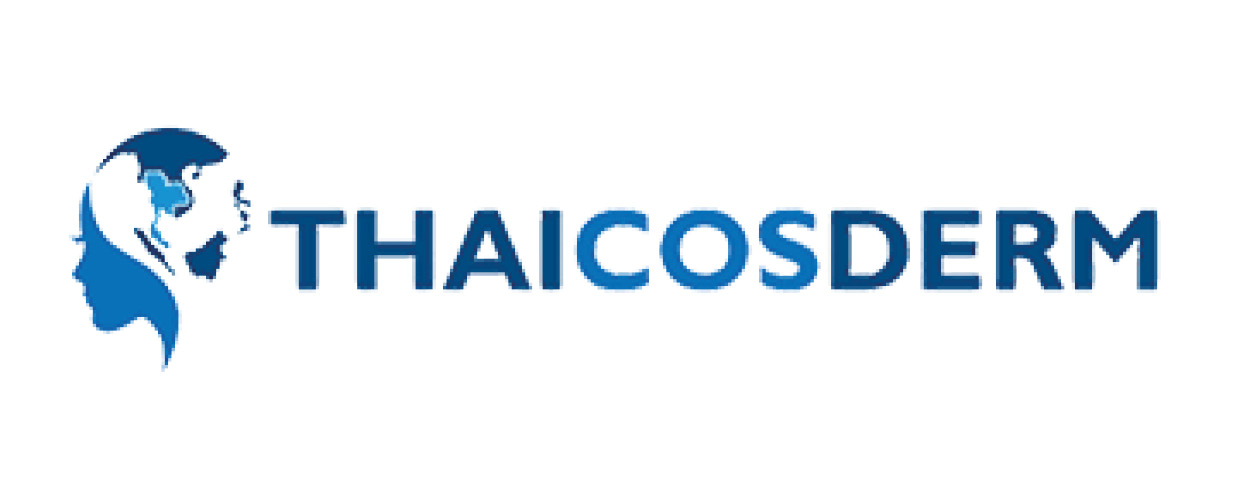VOLTAR
IMCAS Asia 2021
IMCAS Asia 2021
Programa
Adaptar ao meu fuso-horário a agenda da aula/congresso transmitida ao vivo
Fuso-horário de referência: (UTC+08:00) Asia, Shanghai
Apresentações desta sessão
| Horas | Palestrantes | Título da apresentação | Resumo | Número |
| 12:00 | Welcome message from ThaiCosDerm | Visualizar | 109574 | |
| 12:03 | Hyaluronic acid gel in the subcutis: ultrasound versus histology | Visualizar | 110702 | |
| 12:18 | Ultrasound diagnostics of different types of fillers - Diagnostic criteria | 110011 | ||
| 12:33 | Skin in the game: using dual real-time imaging of vein detector and ultrasound for precise and saft aesthetic injections | Visualizar | 110669 | |
| 12:48 | Ultrasonography for facial filler injection | 109576 | ||
| 13:03 | Chair questions for speakers | 109577 | ||
| 13:18 | Q&A with the audience | 109580 | ||
















